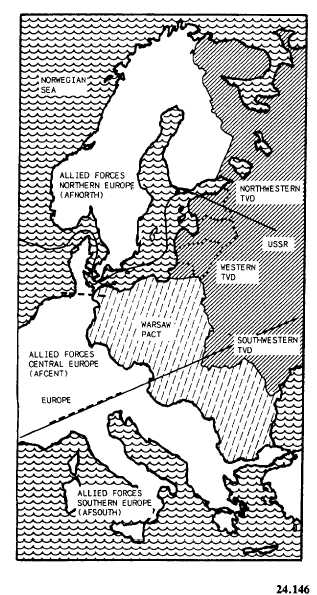Figure 1-2.-NATO regions and Soviet theaters of opera-
tions.
NATO is divided into three areas of
responsibilities: Allied Forces Northern Europe
(AFNORTH), Allied Forces Central Europe
(AFCENT), and Allied Forces Southern Europe
(AFSOUTH) (fig. 1-2). The opposing Soviet
forces are also divided into three areas of
responsibility called theaters of operations (TVD).
They are the Northwestern TVD, Western TVD,
and Southern TVD.
The Warsaw Pact
Soviet President Mikhail Gorbachev has been,
and plans to continue, making force cuts in
anticipation of future arms control talks.
Although the Soviets may increase future with-
drawals of troops from the European theater, they
still have an impressive reserve and mobilization
capacity. The Soviets are reducing their total force
numbers and using the best of their excess equip-
ment to modernize their remaining forces.
The Soviets have taken on a long-range
strategic nuclear modernization program to
comply with strategic arms reduction treaty
constraints expected in the future. The Soviets are
replacing their large, out-of-date missiles with
newer, more efficient and accurate missile
systems. The Soviets will continue to upgrade their
land- and sea-based ballistic missiles and bombers.
As a whole, the Soviet Union is the maritime
power (refer to figure 1-3 for assignment of Soviet
forces) of the Warsaw Pact countries. The U.S.
Navy’s role in combating that threat is to limit
the Soviet Northern and Black Sea Fleets in their
ability to deploy. Surface ships and submarines
stationed at Severodvinsk must transit the Barents
Straits and one of three other choke points to
enter the Atlantic Ocean. The Greenland-Iceland
gap is the northern choke point, the Iceland-
England gap is the middle choke point, and the
Danish Strait is the southern choke point. These
three choke points are the United States’ and
NATO’s last line of containment for the Northern
Fleet.
The Black Sea Fleet in Sevastopol will be much
easier to contain in the event of hostilities. To
enter the Atlantic Ocean, the Black Sea Fleet must
transit the Turkish Straits. Turkey, a NATO
member and ally of the United States, could
contain the Black Sea Fleet by sinking a ship in
the Turkish Straits.
Soviet ships on station in the Mediterranean
must transit either the Strait of Gibraltar or the
Suez Canal to enter open water. U.S. allies
bordering both choke points makes containment
of Soviet ships in the Mediterranean Sea far less
difficult than restricting the Northern Fleet.
When evaluating the Soviet naval force and
the challenge it presents, we would be wise to ask,
What is the primary mission of the Soviet navy?
Until 1953 we viewed support of land-based forces
vice worldwide power projection as the primary
mission of the Soviet Navy. Since 1953 the Soviets
have been developing their navy into a force
capable of worldwide power projection. The
Soviets want the world to view their primary
mission as worldwide power projection, when it
is really the support of land-based forces. The
Soviets have two basic problems in projecting that
image. First, they have a shortage of maritime air
1-6

